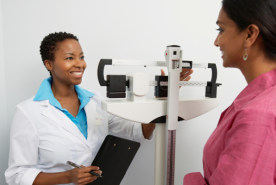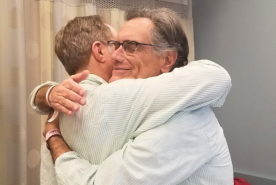Kidney Topics
Safe Medication Use with Chronic Kidney Disease
Some medicines can damage your kidneys. Many more are removed by your kidneys. Read more to learn about using medications safely when living with CKD.
Treatments and therapies,
Medicines,
Medicines with kidney considerations,
Proton pump inhibitors,
Pain medicines,
NSAIDs,
Lithium,
Antibiotics









